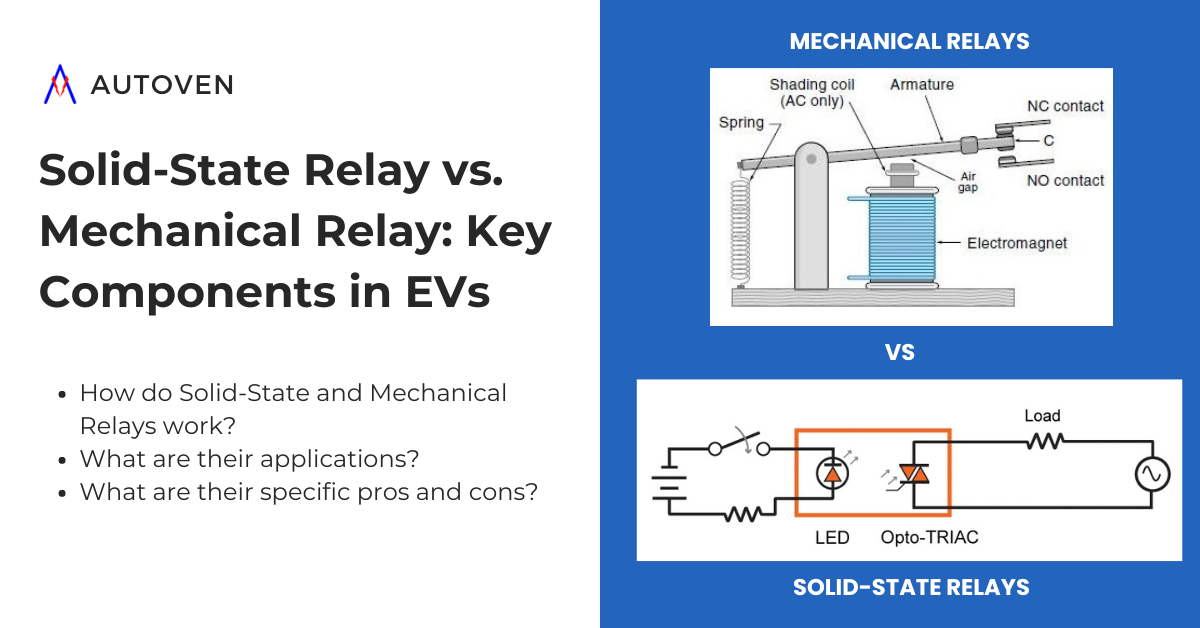Introduction
In an era where technology evolves unprecedently, over-the-air (OTA) updates have become critical in maintaining and enhancing vehicle functionality, security, and performance. These updates are delivered by vehicle manufacturers wirelessly onto the vehicles, revolutionizing how we update software and firmware, particularly through the Internet of Things (IoT) in the automotive industry. With OTA updates, OEMs can completely eliminate the traditional route of service engineer visits solely to update software, saving costs and improving customer service.
This blog delves into the world of OTA updates, exploring their basics, their use in the automotive industry, and their benefits for manufacturers and users.
OTA Updates: Understanding the Basics
The term “OTA updates” refers to the wireless transmission of new software or firmware directly to devices in the field. This method allows OEMs to update vehicles without needing physical connections or user intervention.
To update a vehicle without OTA, manufacturers must send service engineers to visit customers, physically connect, and correctly update the vehicles with their latest version. This exercise makes updating vehicles costly and laborious, making OTA a critical feature. Especially for vehicles, ensuring the right software version is pushed for the update is paramount. Service engineers may make mistakes while updating software, sometimes rendering the vehicle unsafe and inoperable. The use of OTA updates eliminates the possibility of human error as software is correctly mapped to vehicles through a system, and updates occur in a controlled fashion.
OTA ensures vehicles can receive the latest features, performance enhancements, and security patches wherever they are without needing to visit a service center or have a service engineer visit them.
OTA typically involves two types of updates: Firmware Over-The-Air (FOTA) and Software Over-The-Air (SOTA). FOTA updates the electronic devices’ firmware, whereas SOTA updates pertain to the software applications.
Use of OTA Updates in the Automotive Industry
OTA updates have become a transformative force in the automotive sector, redefining how vehicle manufacturers and users approach vehicle management, enhancement, and security, especially for software-defined vehicles (SDVs). This technology has allowed for a more dynamic, responsive, and cost-effective way to manage and improve an SDV post-sale. Here’s how OTA specifically impacts the automotive industry, with real-life examples:

Impact on Vehicle Maintenance and Enhancements
Recall Management:
A vehicle recall is a precautionary measure that OEMs take when they face a defect or flaw in their vehicle systems, which can lead to potential safety issues for the user. The OEMs then make the necessary changes to the vehicle to eliminate the detected flaw before making it available to their customers.
| Without OTA Updates | With OTA Updates |
| ● Requires physically recalling the vehicles to the manufacturer or a dealership visit ● Expensive and time-consuming process | ● No need for physical recall or a visit to the dealership for software issues ● Quick and cost-effective |
In recent years, major automakers like Tesla have used OTA to address potential safety concerns, effectively reducing the need for physical recalls.
Performance Enhancement:
Manufacturers can enhance vehicle performance post-sale by optimizing software that controls ECUs like motor control units, battery management systems, etc., to improve user experience.
| Without OTA Updates | With OTA Updates |
| ● The service engineer needs to physically connect to the vehicle to update its software ● Inconvenient for customers | ● Updates are delivered via the Internet, and software is updated automatically without a service engineer’s intervention ● Hassle-free experience for customers |
For example, some electric vehicle manufacturers have increased the range of their vehicles through software updates, offering existing customers an improved driving experience without any hardware changes.
Additional Customized Capabilities:
OTA allows manufacturers to add or improve new features. Both luxury and mainstream automakers have introduced new infotainment system features, driving assistance tools, and even improved vehicle dynamics through OTA updates, demonstrating a commitment to continual improvement. The process of selective feature provisioning, which is essential for customers with personalized feature plans, is also streamlined by OTA.
| Without OTA Updates | With OTA Updates |
| ● Nearly impossible to offer personalized feature plans or new feature additions without physical intervention | ● Allows personalized feature plans with the possibility of adding multiple new features frequently |
Enhancing Vehicle Security
Immediate Security Patches: In an era where vehicles are increasingly becoming targets for cyberattacks, quickly deploying security patches is crucial. OTA updates provide a swift response mechanism to address vulnerabilities, ensuring the vehicle’s and its passengers’ safety and security.
| Without OTA Updates | With OTA Updates |
| Immediate physical recall is needed | Security updates can be sent over the Internet promptly |
Real-life Examples of OTA in Action
- Tesla’s OTA Updates: Tesla has consistently used OTA updates to refine its vehicle system, enhancing capabilities and safety features. In fact, just the Model 3 has received over 1.5 lakh updates since 2019. These updates demonstrate how vehicles can evolve and improve, offering an increasingly sophisticated driving experience.
Moreover, when the National Highway Traffic Safety Administration (NHTSA) in the United States issued new guidelines regarding the Automatic Emergency Braking (AEB) system in vehicles, Tesla responded to these new safety regulations by deploying an OTA update to its fleet. The administration developed these guidelines to enhance vehicle safety by ensuring that all new cars include an AEB system capable of detecting and responding to potential collisions. The update specifically enhanced the AEB system in Tesla vehicles, ensuring it met the new federal safety standards. - Jaguar I-PACE Battery Optimization: Jaguar Land Rover showcased the potential of OTA updates in addressing vehicle recalls when it rolled out an update for its I-PACE electric vehicle. They designed the update to improve battery performance and range, following insights from real-world data. This proactive deployment not only enhanced the vehicle’s functionality but also preempted potential issues, demonstrating the efficacy of OTA in maintaining and improving vehicle standards without inconveniencing customers.
Future Prospects
- Personalization: As OTA technology matures, there’s an opportunity for more personalized updates, tailoring enhancements to the user’s specific preferences and driving patterns.
- Integration with Autonomous Technologies: As vehicles become more autonomous, OTA updates will be crucial in updating and improving autonomous driving algorithms, ensuring they adapt to new regulations, traffic conditions, and technological advancements.
Benefits of OTA
For OEMs (Original Equipment Manufacturers):
- Enhanced Product Lifecycle: OTA updates can significantly extend the useful life of a device by continuously improving its functionality and security post-sale.
- Reduced Costs: By eliminating the need for physical recalls or service visits for software issues, manufacturers can save on logistical and operational costs.
- Quick bug fixes: They help reduce turnaround time for bug fixes, allowing OEMs to offer an enriched customer experience.
- Streamlined Compliance: OTA updates allow OEMs to ensure their vehicles comply with the latest legal requirements without needing physical modifications or inspections. They prove particularly beneficial for staying on top on constantly evolving safety standards and environmental regulations.
For Users:
- Convenience: Receiving updates without manual intervention or visits to a service center is a significant convenience, ensuring devices are always up-to-date with minimal effort.
- Improved Security: OEMs can quickly roll out OTA update patches to protect devices from emerging threats as soon as vulnerabilities pop up.
- Enhanced Features and Performance: Users can enjoy continuous improvements and new features without replacing their devices.
Conclusion
In conclusion, OTA updates are more than just a convenience; they are necessary in our increasingly connected world. They allow manufacturers to continually improve their products, respond to threats, and add value while providing users with the latest features and best possible security. As we integrate technology into every aspect of our lives, the importance and scope of OTA updates will only grow. By understanding the fundamentals of OTA technology, its mechanisms, and its profound benefits, we can appreciate how it continues to shape our interaction with technology and its role in driving the future of connected devices.



